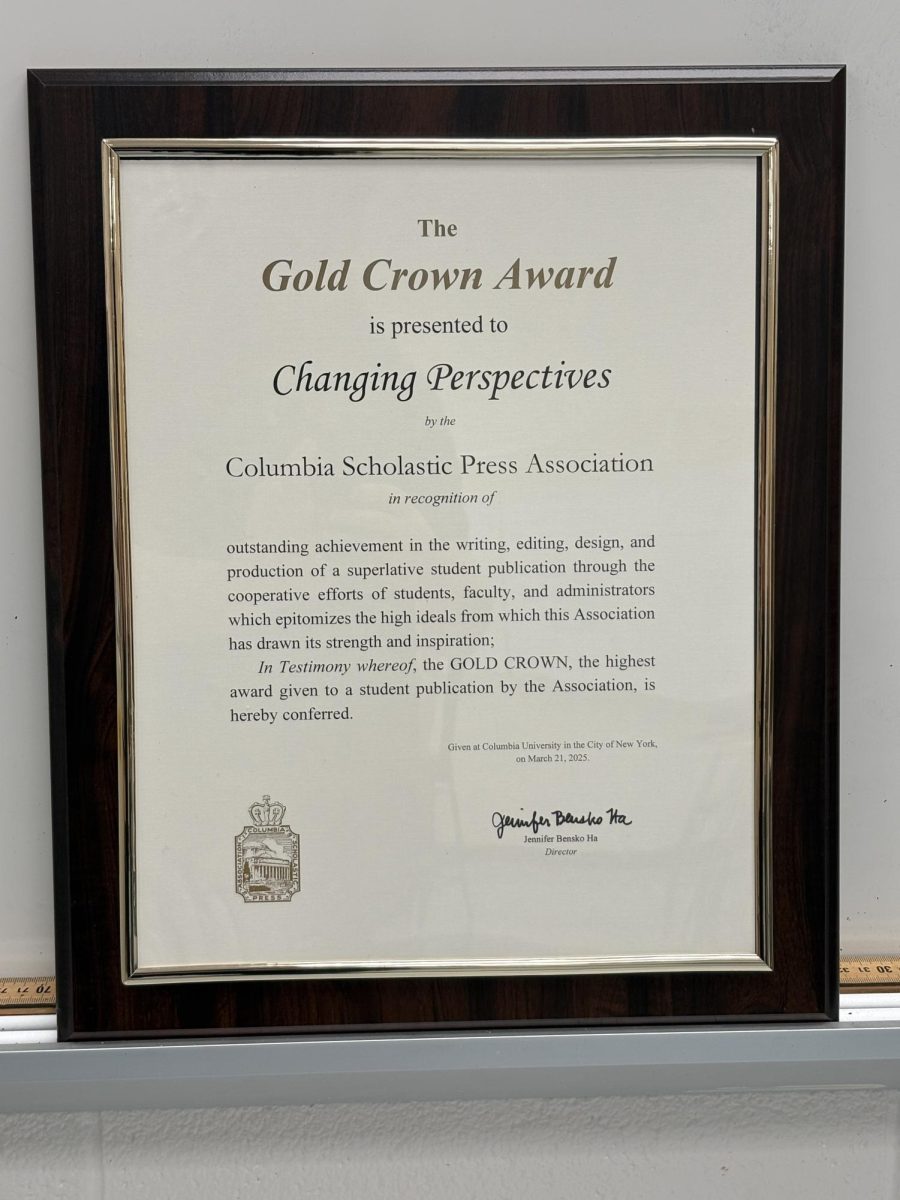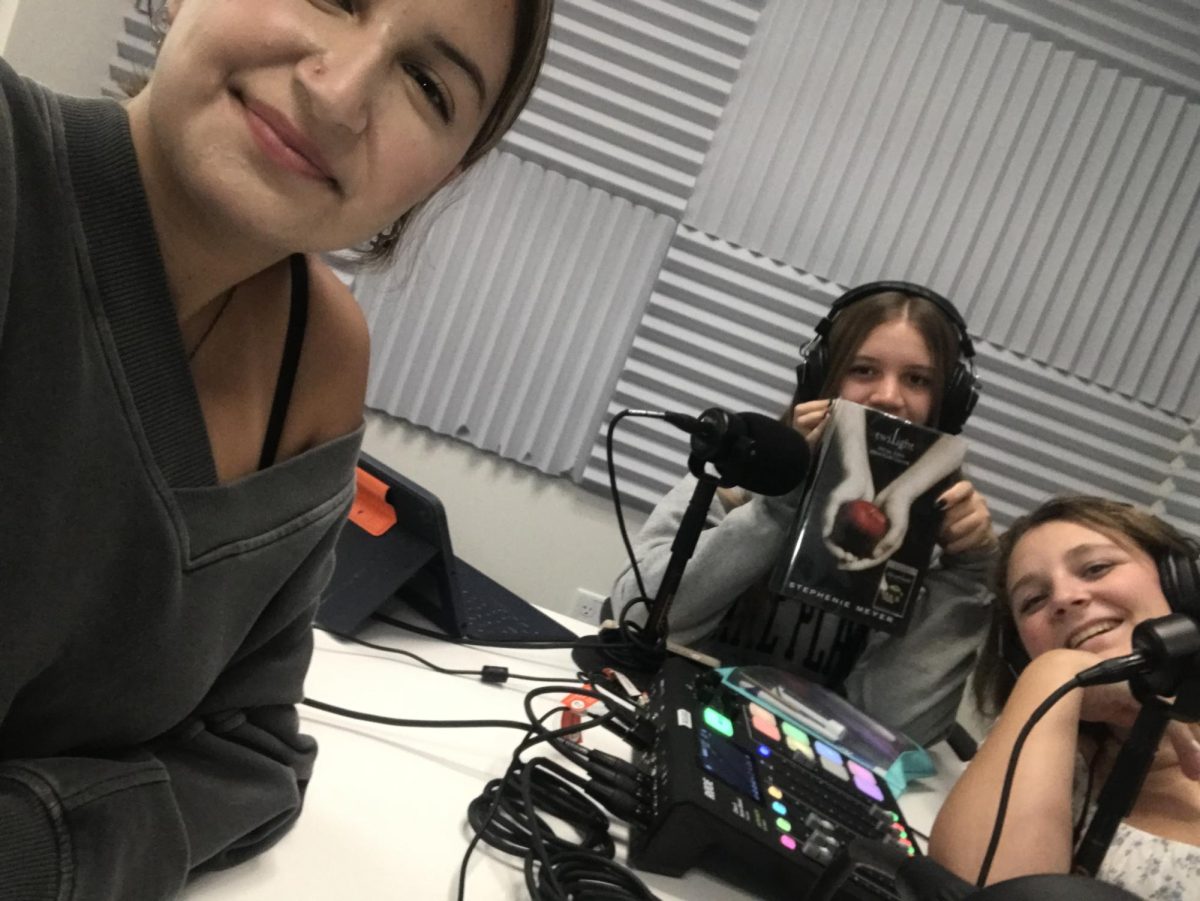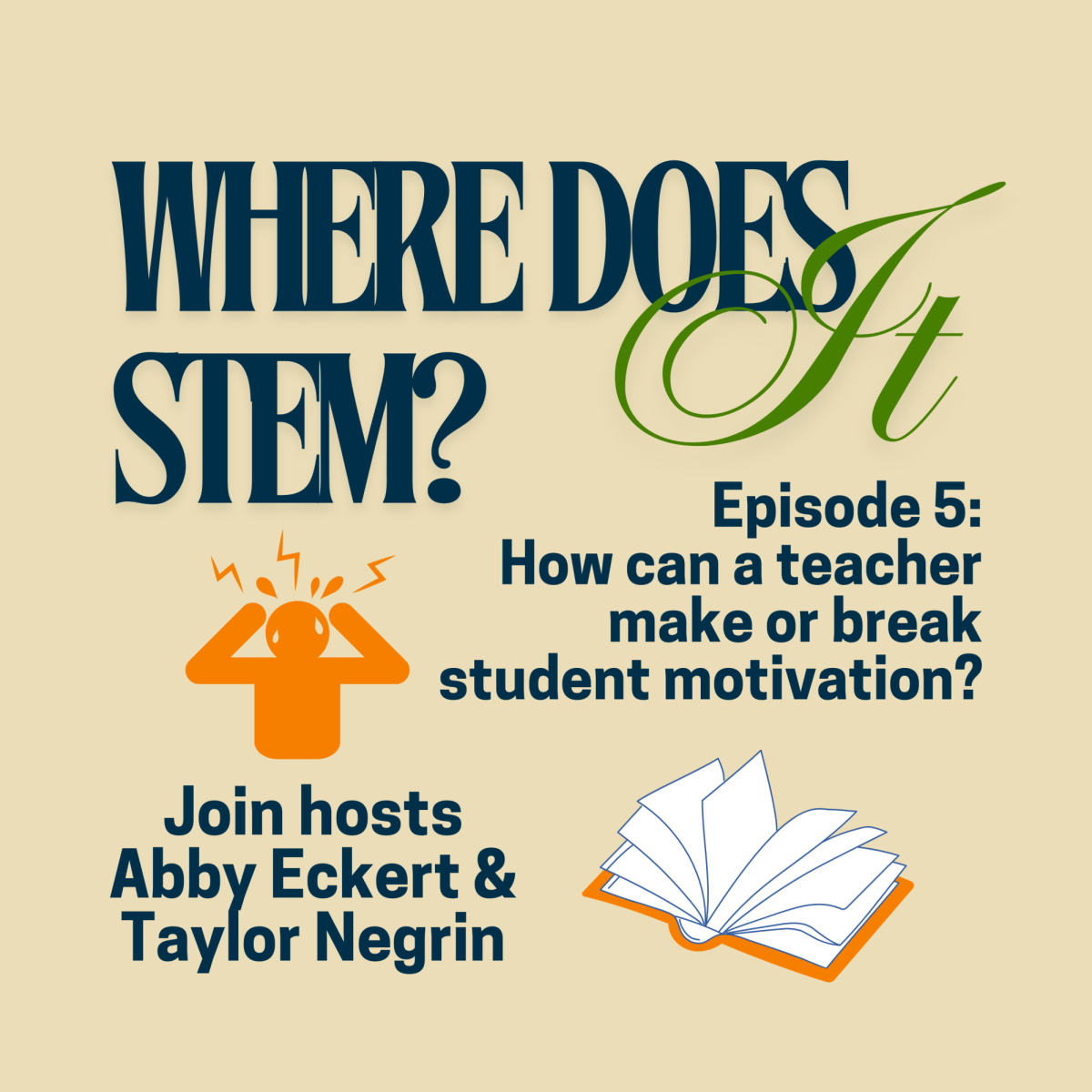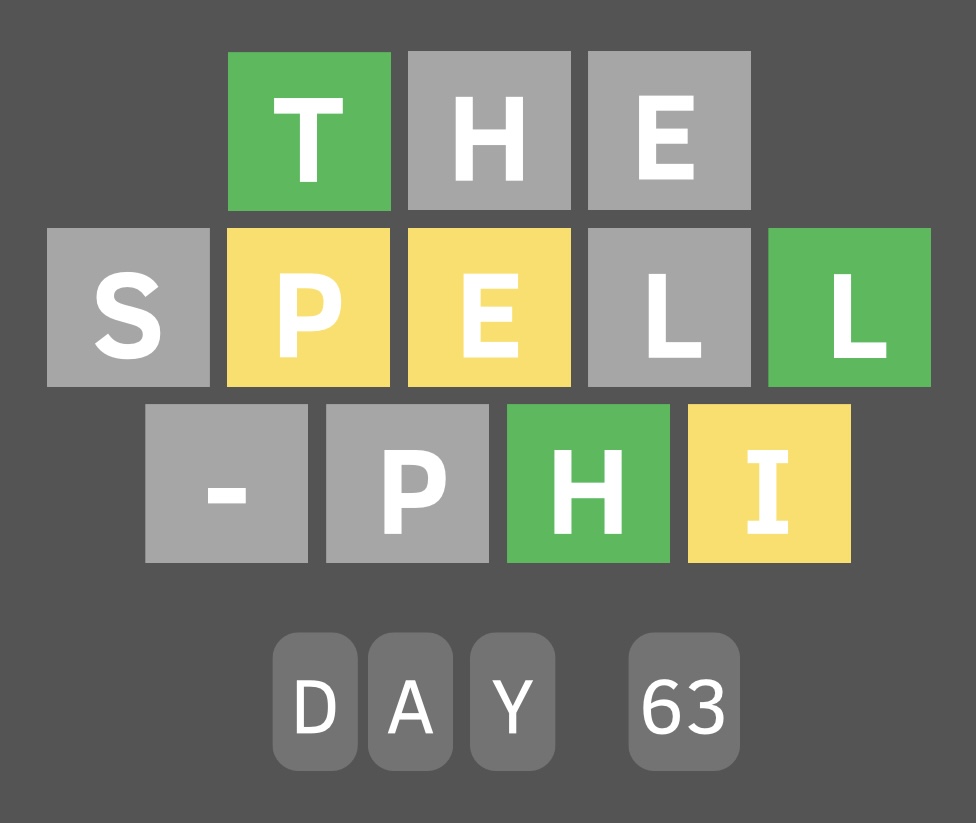This spring, the SATs are switching to a digital platform, very similar to that of the digital PSAT.
Although this is a radical shift from the traditional bubble sheet, much of the testing process remains the same. Two notable changes are that the new test is adaptive and shorter.
The test is divided into two modules, Reading & Writing and Math. The Reading & Writing module is just like the digital PSAT. Test-takers will be presented with a new, small excerpt every question. The math module now provides students with a DESMOS-style calculator on their testing devices.
Each module is then split into two sections: the first one to assess skill-level and the second one to present test takers with questions in their skill range. Between the two modules, there will be a ten minute break.
The test has also been compressed because of this adaptive feature. Having questions tailored to one’s ability makes it so an accurate score can be found quicker. The SAT is now two hours and 14 minutes of testing instead of three hours, and it has 56 fewer questions.
Along with the test being shorter, the wait time for scores has decreased. College Board says results should be released about ten days after the testing date.
Even considering all these positives, some students are still apprehensive about the new exam.
“I would prefer it to be hand to paper,” said junior Abigail Bivona. “I think that’s better for studying as well.”
Considering these concerns, College Board offers digital practice tests to familiarize students with the testing platform.
“The best way to prepare is doing the College Board practice tests, which will give you an idea of the new format,” said testing coordinator Kristina Sterbenc. “Just like with paper and pencil, you can always do a test on College Board.”
This resource will ensure students a consistent study outlet while getting a feel for the online platform.
Another change with the online SAT is its required materials. Students are now responsible for arriving with their own testing device with the College Board app installed and ready.
If students are unable to provide their own devices, there is a loaner program available to them. However, the program is through College Board, not their school or testing site.
“Even though it is online, bring a pencil or something to write with because odds are you’re going to do scratch work,” said Sterbenc. “Other than that, just relax and do your best.”














































































